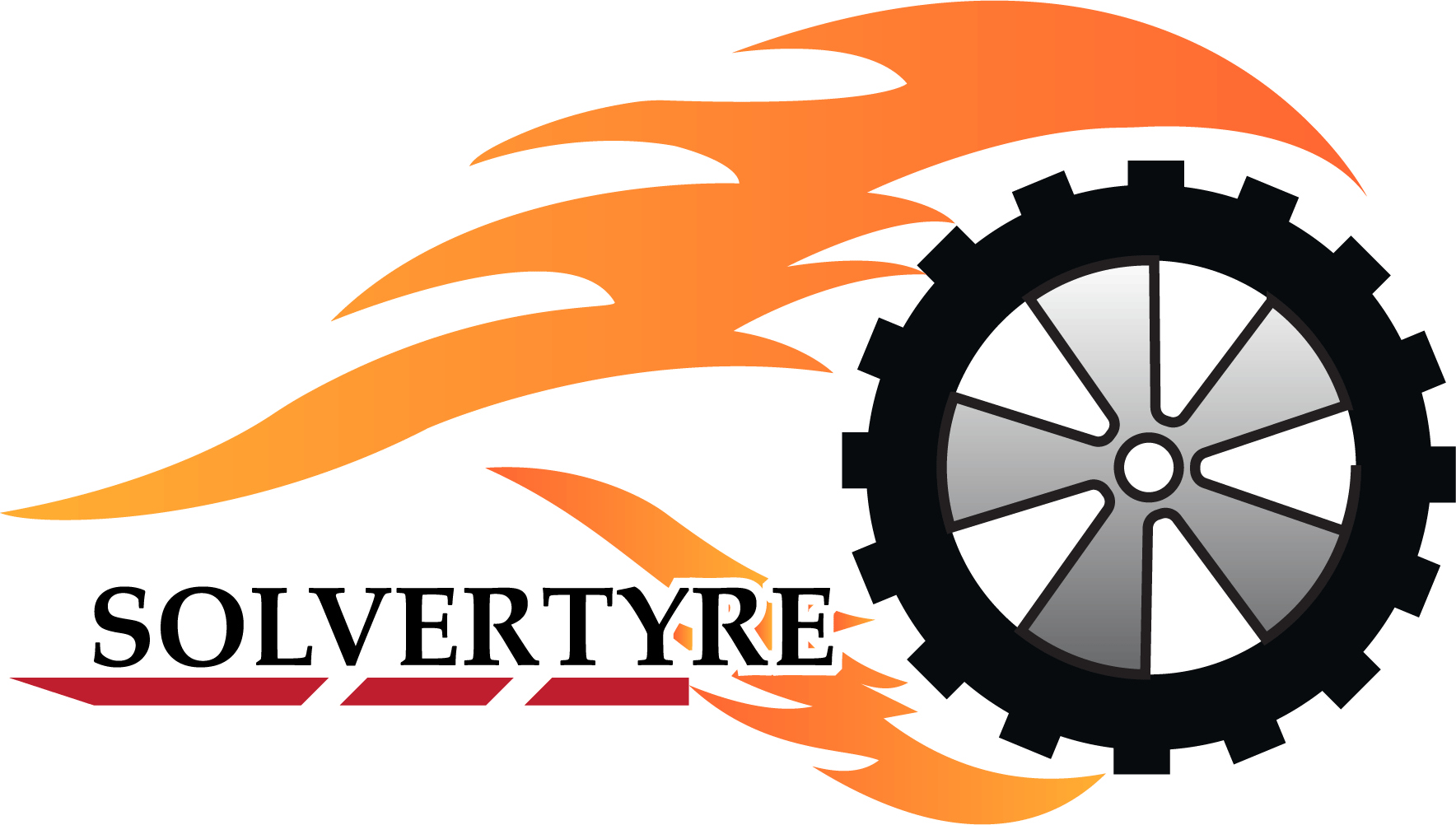Introduction
Choosing the right air compressor hose is crucial for both efficiency and safety. With a variety of materials available, each offers distinct advantages and impacts performance differently. This guide delves into the world of air compressor hoses, helping you make an informed decision for your specific needs.
Understanding Air Compressor Hoses
Definition and Function: Air compressor hoses are essential components that transport compressed air from the compressor to pneumatic tools. They play a pivotal role in ensuring the efficiency and effectiveness of air tools.
Types of Air Compressor Hoses
A. Rubber Hoses
- Advantages: Known for their flexibility and durability, rubber hoses excel in varied weather conditions.
- Use Scenarios: Ideal for outdoor work or in fluctuating temperatures.
B. PVC Hoses
- Characteristics: PVC hoses are more affordable but can be stiff, especially in cold weather.
- Best Use: Suitable for indoor or mild environments.
C. Polyurethane Hoses
- Features: These hoses are lightweight yet strong, with a smooth outer layer that aids in maneuverability.
- Applications: Best for high-mobility tasks and delicate surfaces.
D. Hybrid Hoses
- Composition: A blend of materials, offering a balance between weight and durability.
- Comparison: They combine the best features of their constituent materials.
E. Nylon Hoses
- Pros and Cons: While lightweight and inexpensive, they lack the durability of other materials.
Choosing the Right Hose Material
A. Factors to Consider
- Work Environment: Assess the typical conditions in which you’ll use the hose.
- Type of Use: Determine whether the hose is for professional or DIY projects.
- Temperature: Consider the climate and temperature range of your work area.
- Choosing the Right Hose Material.
B. Material Comparison
- Durability and Flexibility: Compare how each material withstands regular use and environmental factors.
- Cost: Balance the initial investment against long-term benefits.
Hose Styles and Their Impact
A. Straight vs. Coiled Hoses
- Benefits and Drawbacks: Straight hoses offer more reach, while coiled hoses save space and reduce tripping hazards.
B. High-Pressure vs. Standard Hoses
- Differences: High-pressure hoses are designed for more demanding tasks.
Key Features of Air Compressor Hoses
A. Length and Diameter
- Choosing Size: Match the hose length and diameter to your workspace and tool requirements.
B. Pressure Rating
- PSI Ratings: Understand the maximum pressure your hose can handle.
C. Connectors and Fittings
- Types: Explore different connectors for compatibility with your tools and compressor.
Maintenance and Care for Air Compressor Hoses
- Extending Hose Life: Regular maintenance tips to ensure longevity.
- Common Practices: Cleaning, proper storage, and regular inspections.
Safety Considerations
- Best Practices: Guidelines for safe operation.
- Identifying Wear and Damage: How to spot and address potential hazards.
Additional Considerations
Coiling Capability
- Benefits: Ease of storage and workspace management.
Kink Resistance
- Material Impact: How different materials resist kinking and twisting.
Weather and Temperature Compatibility
- Choosing for Conditions: Selecting hoses that perform well in your specific climate.
Conclusion
In conclusion, selecting the right air compressor hose material is a balance of understanding your specific needs, the work environment, and the characteristics of each hose type. By considering these factors, you can ensure efficient, safe, and long-lasting use of your pneumatic tools.
Call to Action
For more information or to explore our range of Air Compressors, visit our website or contact our expert team today.
